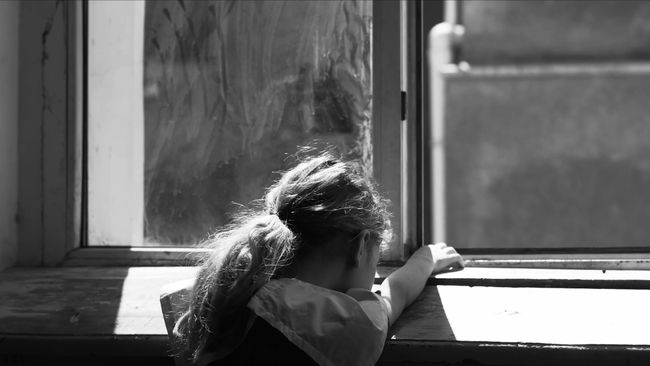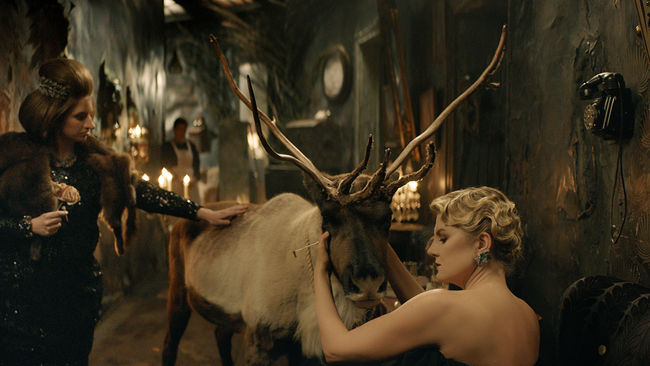El perro que no calla − How to Be a Man
28 januari 2021
For each of the features in competition, IFFR asked a critic, writer, academic or programmer to write a short reflection in a personal capacity. The resulting series of ‘Appreciations’ aims to encourage viewers − and filmmakers − at a time when there is no physical festival. Paula Félix-Didier shines a light on El perro que no calla.
Ana Katz’s offbeat cinematic path ensures that each new film is both highly anticipated and delightfully unpredictable. In El perro que no calla, she departs from her usual exploration of the joys and sorrows of femininity to delve into the shaky grounds of contemporary masculinity. With the help of scriptwriter Gonzalo Delgado and her brother and frequent collaborator, Daniel Katz (who also plays protagonist Sebastián), Ana Katz reflects on the male experience, a theme that, with the exception of Los Marziano, was not touched upon in her previous works.
Sebastián navigates the end of a belated adolescence and the beginning of adulthood with a listless demeanour that rings of Melville’s Bartleby, the Scrivener. When Sebastián fails to find a solution for a noisy dog that upsets the neighbours and his bosses, it is his peculiar rendition of “I would prefer not to” − Bartleby’s famous refusal to continue doing what is expected of him − that leaves him without a job and propelled into a journey of self-discovery.
Katz has often said that she likes to focus on the moments in which the characters lack certainty and seem to be lost in their own identities. In the case of this film, Sebastián is a graphic designer who seems unable to design a plan for his own life. Subtly and vulnerably played by Daniel Katz, he wanders through different jobs, major life changes and possibly even an apocalyptic catastrophe, all with candid unawareness.
As usual in Katz´s films, drama and humour coexist in a delicate balance with the perfect dose of absurdity. Comedy in her films is not just intended to incite laughter, but to generate discomfort and a sense of wonder when the unexpected appears.
Filmed in black and white at different stages (hence the five different cinematographers) in the city and outskirts of Buenos Aires, the film also includes a couple of key illustrated scenes by art director Mariela Rípodas. El perro que no calla becomes a film of tones and atmospheres that combines an intimate personal story with a sharp depiction of the socio-economic consequences of neoliberal policies in Argentina. And most astonishingly, the result is an uncanny foretelling of the pandemic of 2020.
The choice for black-and-white photography, the unstructured narrative, even the weight of the dog, all seem to point to an allegory of modern masculinity. Gentler and more docile than the hardboiled manliness of tradition, the film is trying to make sense of the new role of men in a rapidly changing world.
Sebastián keeps bumping into existential choices that, for the most part, seem to choose him rather than the other way around. Yet, in his journey towards eventually finding his place in the world, he somehow succeeds in building a family, raising a son and getting a new dog.
Paula Félix-Didier is a film historian, specialised in Argentine cinema. She is also the director of the Museo del Cine in Buenos Aires.
Appreciations
‘Appreciations’ aims to encourage viewers − and filmmakers − at a time when there is no physical festival. Discover more short reflections about the features in competition.



